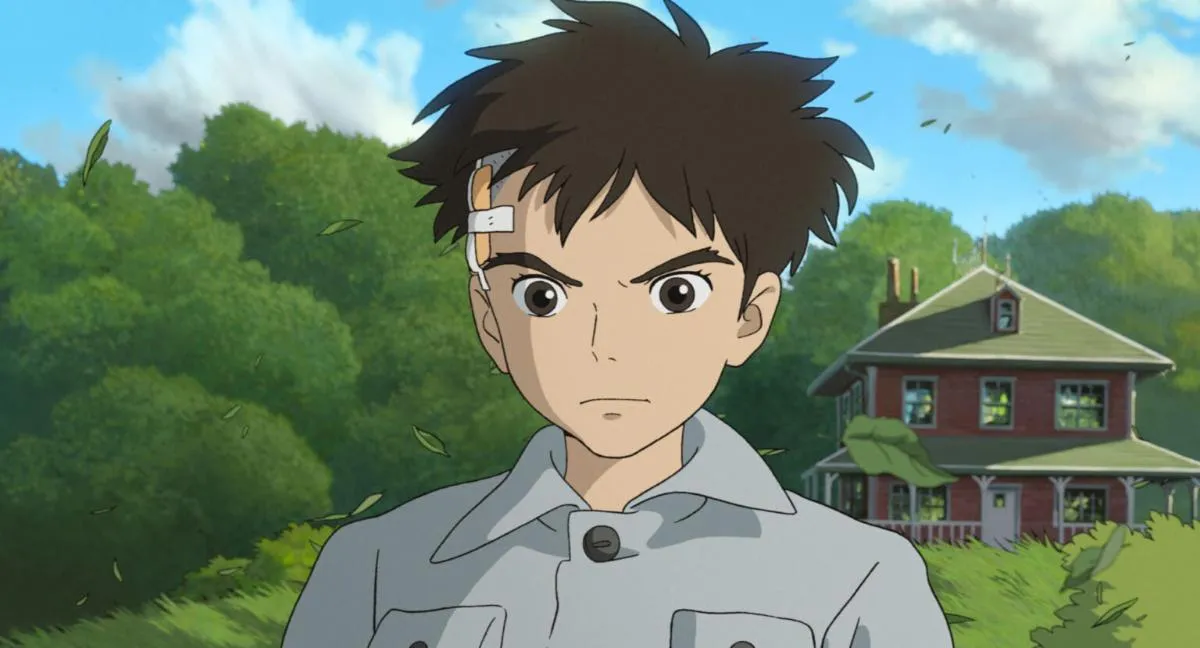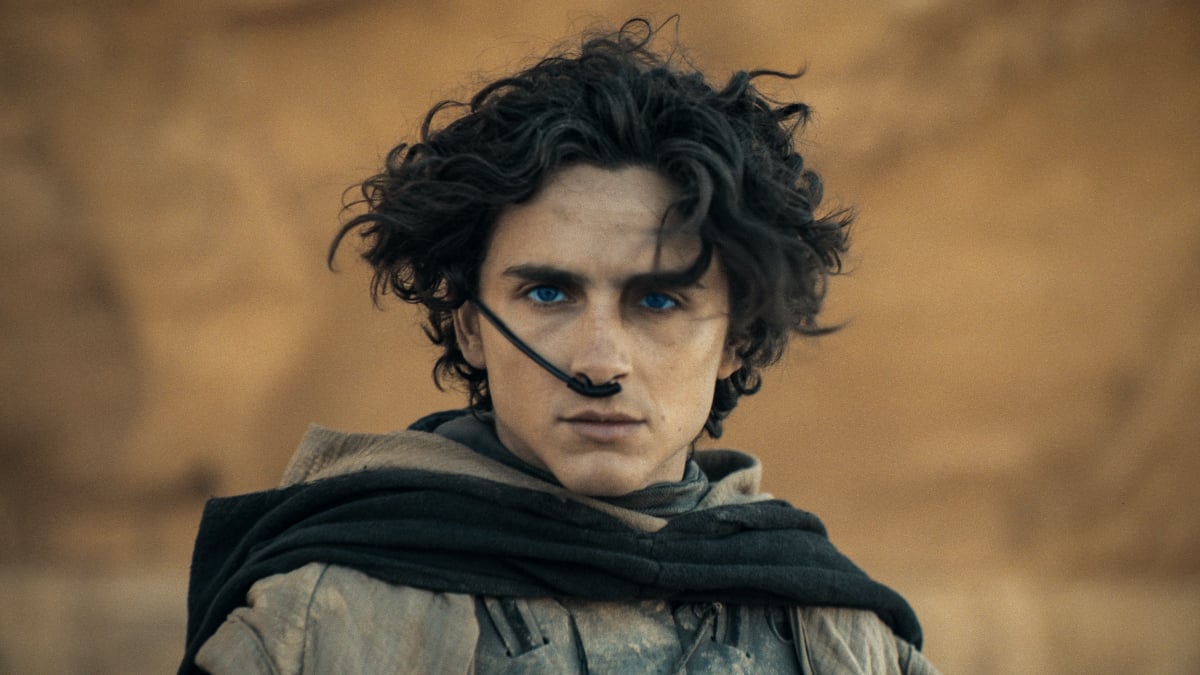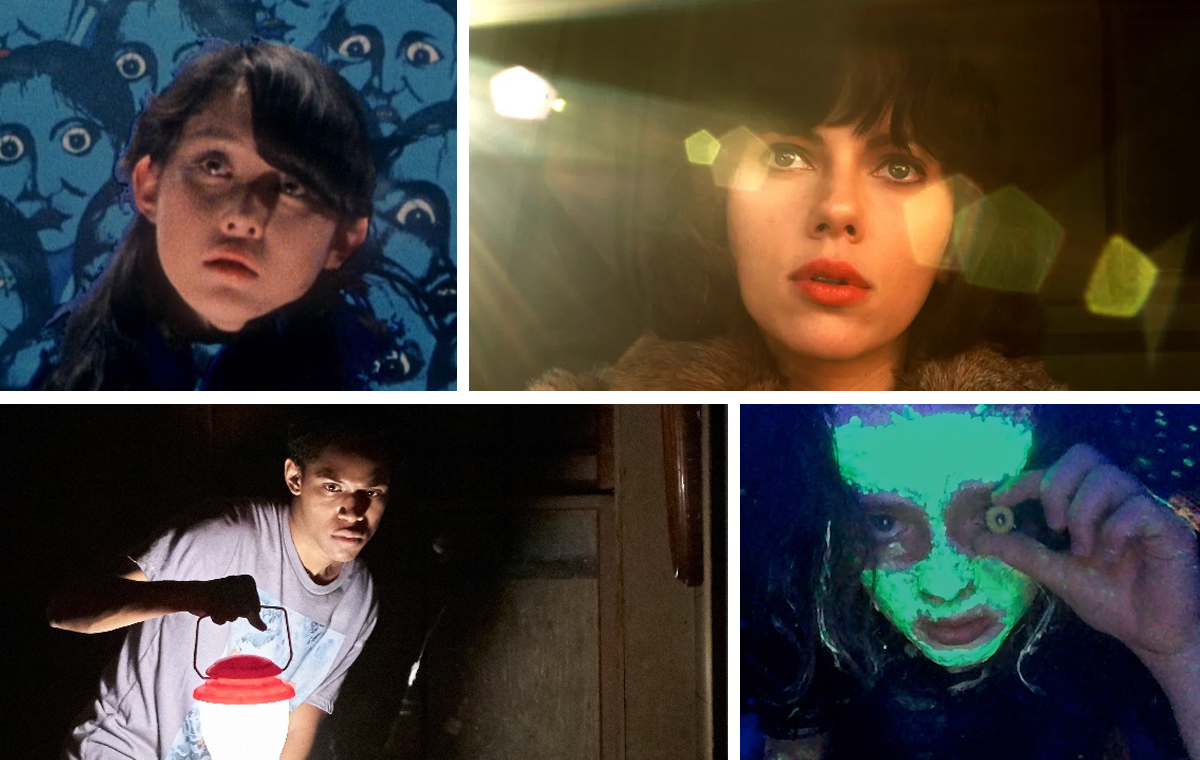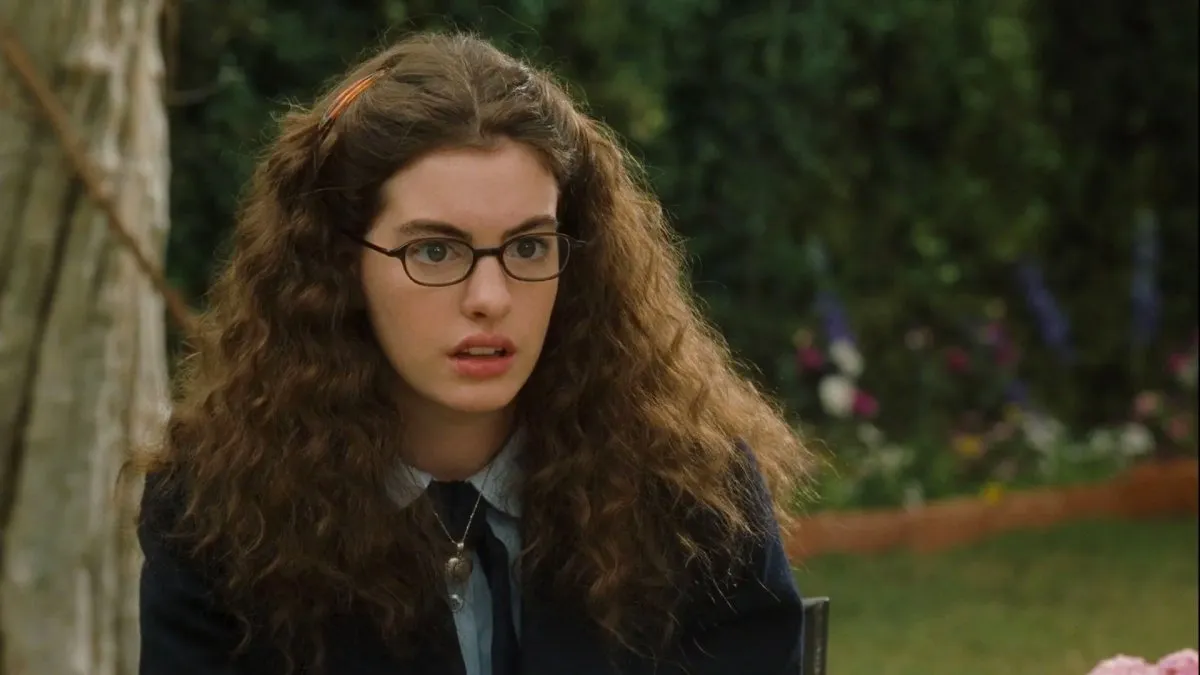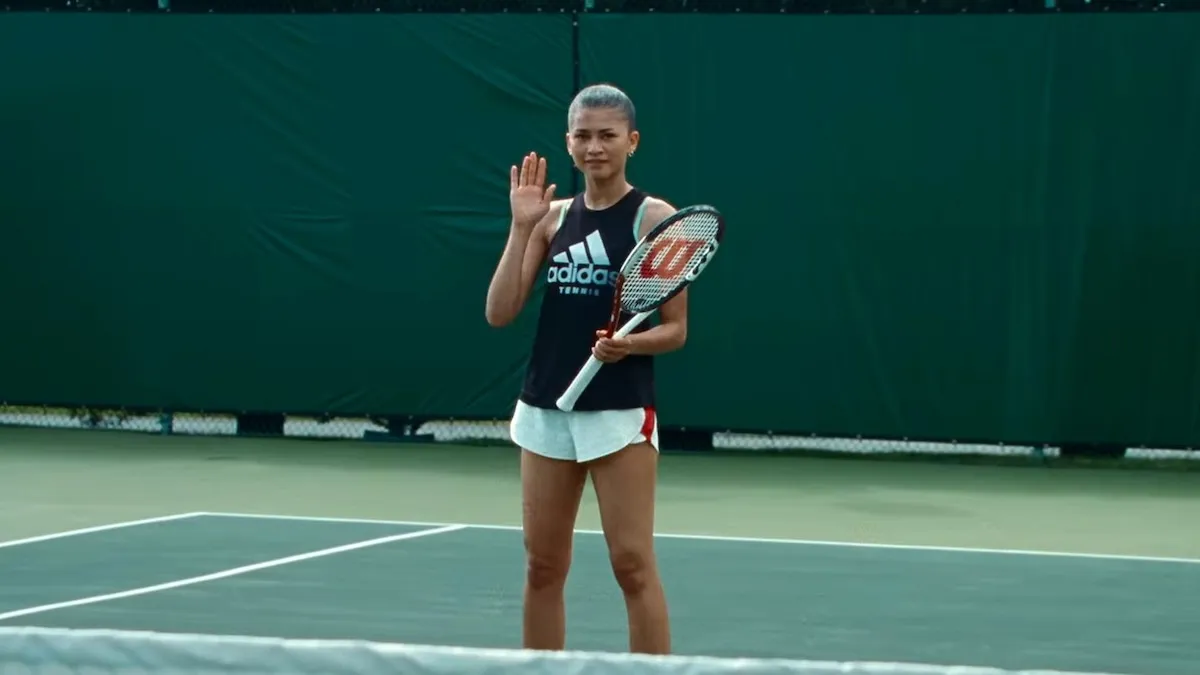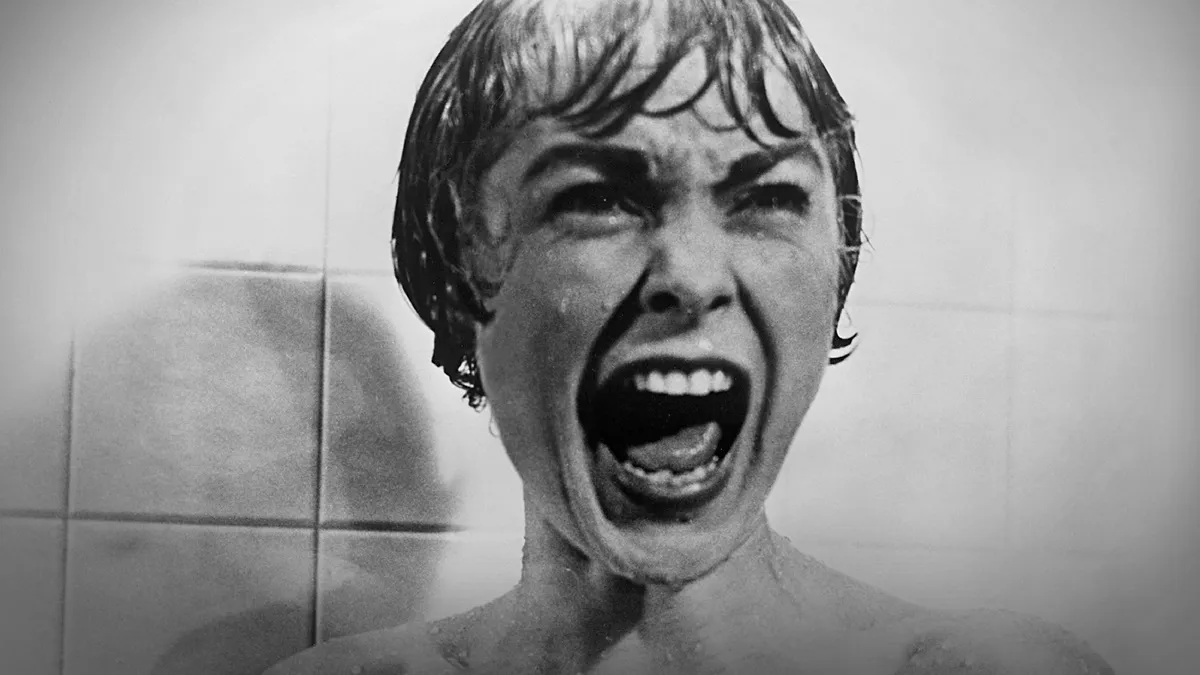The new Studio Ghibli film The Boy and the Heron has hit theaters, and it may be the final film of master filmmaker Hayao Miyazaki, depending on how seriously you take the octogenarian’s retirement announcements (there’s been a few in recent years)—so what kind of ending would it make?
Whether or not Miyazaki is taking his final bow with this film, themes of time, death, and change permeate the work. Like so many of Miyazaki’s films, The Boy and the Heron features a youth who must go out on a solitary quest for meaning. Twelve-year-old Mahito has lost his mother. After she becomes a civilian casualty of war, he moves to the countryside with his father. There, Mahito lives with his aunt, his mother’s younger sister, who is stepping in to marry his father and become a second mother to him.
Mahito is depressed, withdrawn, and at one point even causes himself physical harm so he can lie in bed and avoid the world. The only thing that piques his interest is a dilapidated building full of books at the edge of their property where a distant uncle, brilliant and eccentric, is said to have vanished.
Like all lost children in Studio Ghibli films, Mahito meets a spiritual guide. His is a heron who aggressively hounds him to tell him his mother is still alive. To see her, Mahito is told he must follow the heron. He complies and soon discovers the heron is actually an old man. Together, they venture to the deserted tower where the ancestor uncle disappeared and quickly sink into another layer of time.
Mahito lands in the past, where he is cared for by a younger version of one of his family’s servants. His mother is indeed in this place the heron has brought him to, but it’s a child version of her. In this other world, his aunt, his mother’s sister, is in danger of dying.
Mahito faces several choices. He can let his aunt, who is meant to be his new mother and who is pregnant, succumb to her death, or he can save her and return to the life he’s currently living. He can stay with the youthful version of his mother. He take over the role of his ancestor uncle, who sits in an abstract corner of space, arranging blocks into a precarious tower. In essence, Mahito can vanish into abstraction like his uncle, can linger in the past with his beloved mother, or can save his aunt and return with her to his current life, imperfect as it is.
Because the kids of Studio Ghibli always make the wise, collectivist choice, Mahito saves his aunt and they return safely to their time. The war ends and Tokyo becomes safe enough for Mahito and his new family to return to live there once again.
In many ways, The Boy and the Heron is typical of a Miyazaki film. All the Studio Ghibli masterpieces feature worlds that exist alongside our world. There are always spirit guides and a sense of the potency of nature that’s unseen or unheeded by humankind. Again, we see wise women elders who help youth make sense of chaos and locate personal meaning. But in addition to the usual Studio Ghibli themes of environmentalism, animism, and feminism, The Boy and the Heron offers up a fascinating theory on the nature of time.
While inside the dilapidated tower, Mahito’s mother, in child form, takes him to a hall of doors. Each door opens to a different time. She and Mahito exist behind separate doors. According to the servants of his aunt’s home, once when she was a child, Mahito’s mother disappeared for a year and then returned, unharmed, grinning ear to ear. This suggests the tantalizing possibility of a second story embedded in the story we’ve watching—the story of a young girl who has to serve as a guide and rescuer for the son she will later birth and have to part with.
Perhaps Hayao Miyazaki has been reading astrophysics because time in his newest film seems to reflect the block theory of the universe, which posits that our understanding of time should be in four dimensions. According to this four dimensional theory of time, the past is in a different space than the present. It exists still, just as the future also exists, but just not in the same space as the present. The heron is correct when he tells Mahito that his mother is still alive. She is just not alive in the present moment.
The Japanese title for this most recent Studio Ghibli movie is more evocative than the English title. The Japanese title How Do You Live? asks the core question of the movie: How does Mahito live? He lives with and despite loss, with and despite war—lives in the present, with memories of the past, with the uncertainty of the future. Unlike other the heroic children of Spirited Away and My Neighbor Totoro, Mahito cannot rescue all the adults in need. He has to do something even braver. He has to soldier on, remembering the past, moving into the future.
(featured image: Toho)



